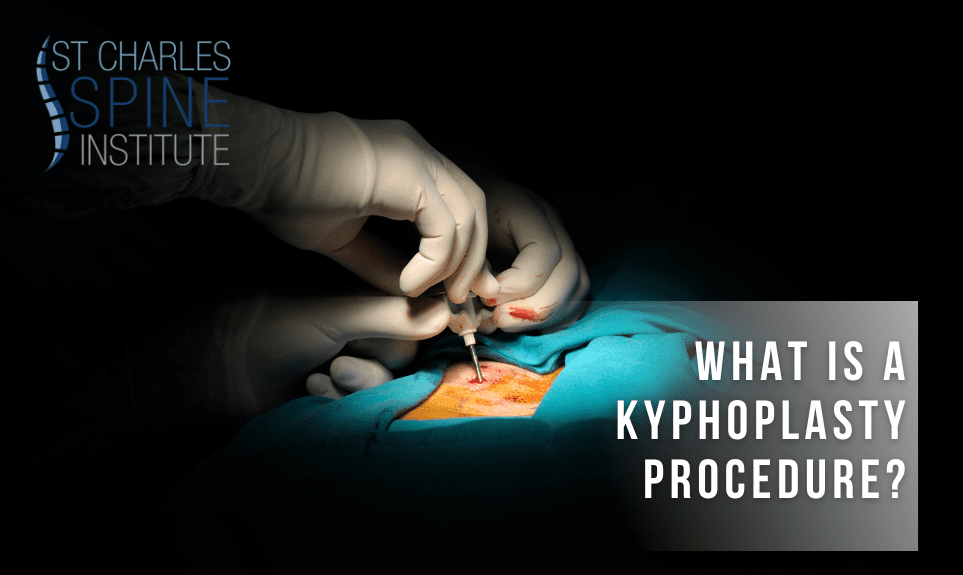What Is a Kyphoplasty Procedure?

Have you been diagnosed with an osteoporosis-caused fracture? If so, you may need vertebral augmentation to ease your back pain. There are several types of vertebral augmentation, but kyphoplasty is usually preferred due to its minimally invasive nature and effective results. If you’re curious about the ins and outs of this procedure, keep reading to learn more about what it is and who is a good candidate.
Kyphoplasty is a vertebral augmentation procedure that is minimally invasive in nature. It is like getting a cavity filled at the dentist. The surgeon injects bone cement into the fracture to stabilize the bone and restore the bone to its normal height. The procedure is used to treat compression fractures in the thoracic and lumbar spine. The procedure does not affect a range of motion. In fact, most people can move much better after the procedure when their pain is gone.
What Can I Expect During This Procedure?
During your procedure, patients lie on their stomachs on the operating table. After anesthesia, a tiny incision is made (roughly an eighth of an inch) at the affected area and the surgeon inserts a needle into the bone. Then a balloon is inflated inside the bone to augment your vertebra. The balloon is removed and the cavity is filled in with bone cement. The skin is sealed with derma bond which glues the skin together.
What Results Can I Expect From This Procedure?
After this procedure, you can expect the pain from the osteoporosis-caused fracture to diminish. A patient’s vertebra will be much more stabilized following this procedure. Also, you can expect your vertebra’s height to be improved in most cases. Many patients find that their quality of life improves, not just due to significant pain reduction, but significant improvement in their back’s range of motion and overall mobility.
How Long Will My Recovery Take?
You should expect your back pain to go away after just 24 to 48 hours. However, some of your usual activities will be restricted for approximately six weeks. For example, you should refrain from heavy lifting and another vigorous exercise. In most cases, patients can do a light gym workout in eight weeks. It really all depends on how well your body heals.
Am I a Good Candidate for This Procedure?
You may be considered a good candidate for this type of vertebral augmentation if you have compromised bone density or osteoporosis and an acute compression fracture. Chronic or healed compression fractures are not candidates for the procedure. You also may be considered a good candidate for this procedure if your quality of life is significantly reduced due to an impeded range of motion. However, the only way to find out for sure whether this procedure is right for you is to come in for an initial consultation with a qualified surgeon.
Minimally invasive lumbar fusion involves stabilizing the spine bones in the lower back which are typically from high energy fractures such as car accidents or major trauma. Recovery generally takes between 4-6 weeks, at which point your pain should reduce significantly. You may be considered a good candidate for this procedure if your range of motion is impaired due to an unstable fracture. Schedule an appointment at St Charles Spine Institute in Thousand Oaks today to learn more.
